Home>Gardening & Outdoor>Plant Care & Gardening Tips>When To Plant Wildflower Seed In Southeastern MA
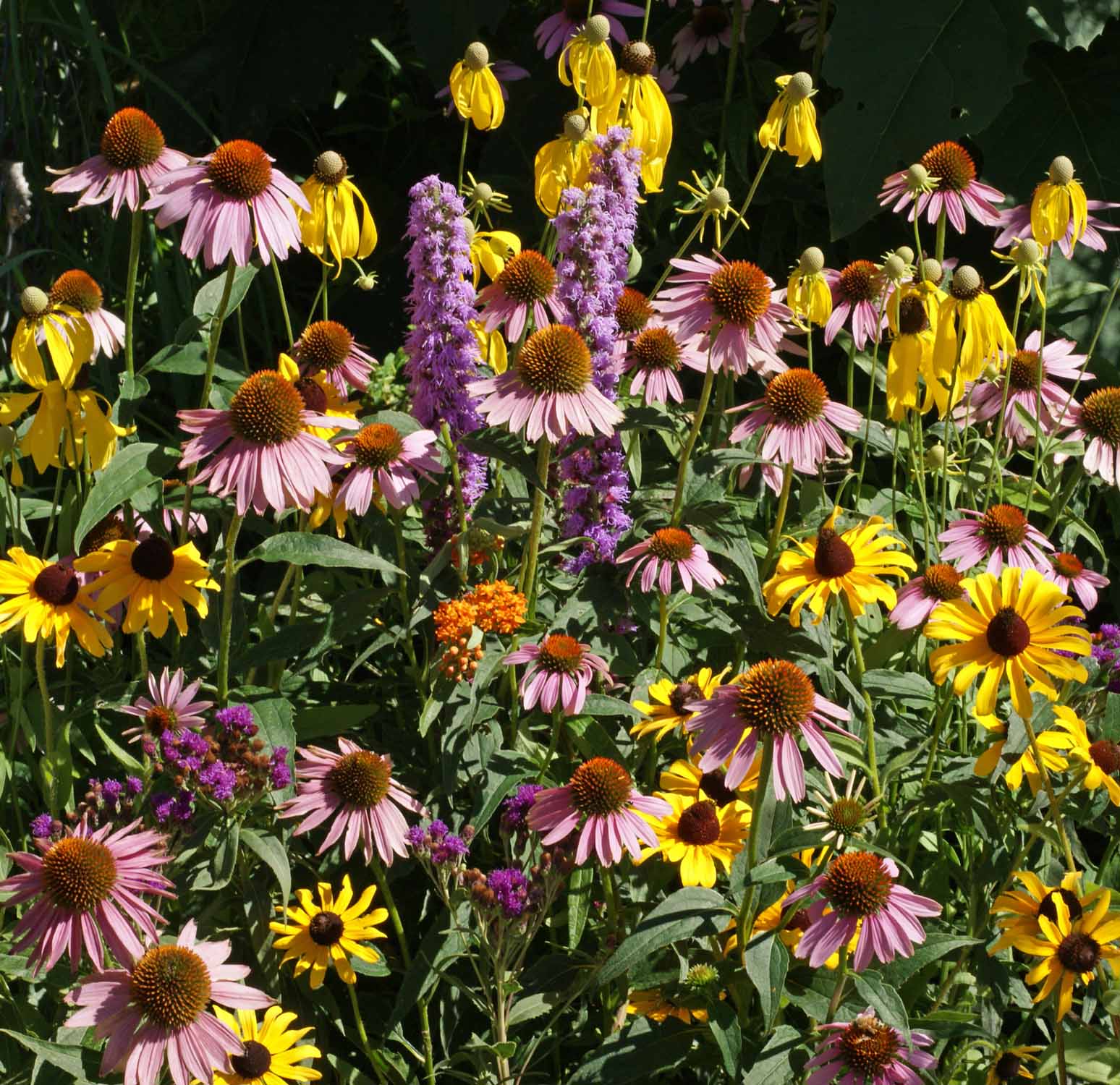

Plant Care & Gardening Tips
When To Plant Wildflower Seed In Southeastern MA
Modified: January 9, 2024
Discover the best time to plant wildflower seeds in Southeastern MA. Get expert plant care and gardening tips for successful wildflower cultivation.
(Many of the links in this article redirect to a specific reviewed product. Your purchase of these products through affiliate links helps to generate commission for Storables.com, at no extra cost. Learn more)
Introduction
Read more: When Should I Plant Wildflower Seeds
Understanding the Beauty of Wildflowers
Wildflowers are nature's masterpiece, painting the landscape with vibrant colors and adding a touch of wilderness to any environment. In Southeastern Massachusetts, the sight of wildflowers swaying in the gentle breeze is a sight to behold, evoking a sense of tranquility and natural beauty. Planting wildflower seeds in your garden not only adds visual appeal but also contributes to the local ecosystem by providing nectar for pollinators and creating habitats for beneficial insects.
As an avid gardener in Southeastern MA, you have the opportunity to transform your outdoor space into a haven for native wildflowers, enhancing the biodiversity of the region while creating a stunning display of colors and textures. Whether you're a seasoned gardener or a novice enthusiast, understanding the best practices for planting wildflower seeds in this region will empower you to cultivate a thriving and vibrant wildflower garden.
In this comprehensive guide, we will delve into the art of planting wildflower seeds in Southeastern MA, exploring the ideal timing, suitable seed mixes, soil preparation techniques, and essential care tips for nurturing your wildflower seedlings. By the end of this journey, you will be equipped with the knowledge and confidence to embark on your wildflower gardening adventure, embracing the natural beauty that thrives in the heart of Southeastern Massachusetts.
Key Takeaways:
- Embrace the natural beauty of Southeastern MA by planting native wildflowers in the spring or early fall, supporting local ecosystems and creating a vibrant, sustainable garden.
- Select the right wildflower seed mix, prepare the soil with care, and provide attentive stewardship to nurture the growth of wildflower seedlings, fostering a resilient and visually captivating garden.
Understanding Wildflower Seed Planting
Wildflower seed planting is a delightful and rewarding endeavor that allows you to create a tapestry of native blooms while supporting the local ecosystem. Unlike planting nursery-grown flowers, sowing wildflower seeds offers a more natural and sustainable approach to gardening, promoting biodiversity and preserving the region’s indigenous flora.
When selecting wildflower seeds for your garden in Southeastern MA, it’s essential to prioritize native species. Native wildflowers are well-adapted to the local climate and soil conditions, making them more resilient and low-maintenance once established. Additionally, native wildflowers play a crucial role in supporting local wildlife, including bees, butterflies, and other pollinators, contributing to the overall health of the ecosystem.
Understanding the specific needs of wildflower seeds is fundamental to successful germination and growth. Many wildflower species in Southeastern MA thrive in well-drained soils and sunny locations, although there are variations based on individual species. Some wildflowers prefer moist, shady areas, while others are well-suited to dry, open spaces. By familiarizing yourself with the unique requirements of your chosen wildflower species, you can create an environment that encourages robust growth and prolific blooming.
Moreover, wildflower seed planting presents an opportunity to embrace the natural rhythm of the seasons. By observing the life cycles of wildflowers and aligning your planting schedule with the region’s climate patterns, you can optimize the success of your wildflower garden. From the germination of seeds in the spring to the glorious bloom of flowers in the summer, each stage of the wildflower’s journey is a testament to the resilience and beauty of nature.
As you embark on your wildflower seed planting journey, consider the ecological significance of your actions. By cultivating a diverse array of native wildflowers, you are contributing to the preservation of Southeastern MA’s natural heritage, fostering a sustainable and biodiverse environment that benefits both flora and fauna.
Climate and Soil Conditions in Southeastern MA
Southeastern Massachusetts boasts a temperate climate characterized by distinct seasonal changes, offering a diverse canvas for cultivating wildflowers. The region experiences warm summers, cool autumns, cold winters, and mild springs, shaping the ideal conditions for a wide range of wildflower species to thrive.
Understanding the unique climate patterns of Southeastern MA is pivotal in selecting wildflower seeds that are well-suited to the local environment. Many native wildflowers in this region have evolved to withstand the fluctuations in temperature and precipitation, making them resilient and adaptable to the seasonal shifts. By aligning your planting schedule with the natural rhythms of the climate, you can optimize the growth and blooming potential of your wildflower garden.
When it comes to soil conditions, Southeastern MA offers a varied landscape, encompassing coastal areas, woodlands, and open meadows. The soil composition ranges from sandy loam to rich, fertile soils, providing a diverse habitat for an array of wildflower species. Understanding the specific soil requirements of your chosen wildflowers is crucial in ensuring their successful establishment and sustained growth.
Many wildflowers in Southeastern MA thrive in well-drained soils with a slightly acidic to neutral pH level. Additionally, the presence of organic matter in the soil enhances its fertility, supporting the development of robust root systems and lush foliage. By conducting a soil analysis and amending the soil as needed, you can create an optimal growing environment for your wildflower seeds, laying the foundation for a flourishing and vibrant garden.
It’s important to note that certain wildflower species in Southeastern MA are adapted to coastal conditions, tolerating salt spray and sandy soils. These coastal wildflowers play a vital role in stabilizing dunes and providing crucial habitats for coastal wildlife. By incorporating these resilient species into your wildflower garden, you can contribute to the conservation of coastal ecosystems while adding a touch of coastal charm to your landscape.
By embracing the interplay of climate and soil conditions in Southeastern MA, you have the opportunity to curate a diverse and resilient wildflower garden that reflects the natural beauty and ecological richness of the region.
Best Time to Plant Wildflower Seed in Southeastern MA
The timing of planting wildflower seeds in Southeastern Massachusetts plays a pivotal role in the success of your garden, influencing the germination, growth, and blooming stages of the wildflowers. Understanding the seasonal dynamics and climate patterns of the region is essential in determining the best time to sow wildflower seeds, ensuring optimal conditions for their development.
Spring is a prime season for planting wildflower seeds in Southeastern MA, typically from late April to early June. As the temperatures begin to warm and the frost recedes, the soil becomes conducive to seed germination, providing an ideal window for sowing a diverse array of wildflower species. The longer daylight hours and milder weather create favorable conditions for the establishment of wildflower seedlings, setting the stage for robust growth and prolific blooming in the months ahead.
Early autumn, specifically from late August to early October, presents another opportune period for planting wildflower seeds in Southeastern MA. The waning heat of summer transitions into the mild, temperate days of early fall, offering an optimal environment for seed germination and root establishment. By sowing wildflower seeds in the fall, you provide the seedlings with ample time to develop strong root systems before the onset of winter, setting the stage for a vibrant display of blooms in the following spring and summer.
When planning your wildflower garden, it’s crucial to consider the specific requirements of the wildflower species you intend to plant. Some wildflowers may exhibit preferences for spring planting, while others thrive when sown in the fall. By aligning your planting schedule with the natural life cycles of the wildflowers, you can maximize their potential for growth and blooming, creating a harmonious and resilient garden.
Furthermore, the timing of wildflower seed planting in Southeastern MA aligns with the region’s climate patterns, harnessing the energy of the changing seasons to nurture and sustain the wildflowers. By embracing the ebb and flow of nature’s rhythms, you can cultivate a captivating wildflower garden that reflects the beauty and vitality of the region.
Read more: When To Seed Wildflowers
Choosing the Right Wildflower Seed Mix
When embarking on a wildflower gardening journey in Southeastern Massachusetts, selecting the right wildflower seed mix is a crucial step in creating a vibrant and resilient garden. The diverse landscape and climate of the region offer an array of opportunities to curate a custom blend of wildflowers that thrives in the local environment while enhancing the aesthetic appeal of your outdoor space.
Native wildflowers take center stage in the selection process, as they are inherently adapted to the specific climate and soil conditions of Southeastern MA. By incorporating native wildflower species into your seed mix, you not only celebrate the region’s natural heritage but also promote biodiversity and support local ecosystems. Native wildflowers attract pollinators, provide habitat for beneficial insects, and contribute to the overall health of the environment, making them invaluable additions to your garden.
Consider the diversity of colors, shapes, and blooming periods when choosing wildflower seeds, aiming to create a dynamic and visually captivating display throughout the growing season. By incorporating early, mid, and late-season bloomers, you can orchestrate a symphony of colors that unfolds over time, ensuring a continuous spectacle of beauty in your garden.
Furthermore, take into account the specific growing conditions of your garden site when selecting wildflower seed mixes. If your garden features both sunny and shaded areas, opt for a mix that includes shade-tolerant wildflowers to maximize the use of space and create a harmonious balance of flora throughout the landscape. Additionally, if your soil is well-drained or tends to retain moisture, choose wildflowers that are suited to the respective soil conditions, ensuring their adaptability and resilience.
For those seeking to attract and support local wildlife, consider incorporating wildflower species that provide nectar and food sources for butterflies, bees, and other pollinators. Creating a pollinator-friendly wildflower garden not only adds ecological value but also invites the enchanting presence of these vital creatures, enriching the sensory experience of your outdoor space.
Ultimately, the process of choosing the right wildflower seed mix is an opportunity to curate a living tapestry that reflects the natural beauty and ecological richness of Southeastern MA. By thoughtfully selecting and blending native wildflowers, you can cultivate a garden that harmonizes with the local environment while captivating the senses and nurturing the soul.
Plant wildflower seeds in southeastern MA in the early spring or late fall. This allows the seeds to establish before the heat of summer or the cold of winter. Keep the area moist until the seeds germinate.
Preparing the Soil for Planting
Creating an optimal growing environment through soil preparation is a fundamental step in establishing a thriving wildflower garden in Southeastern Massachusetts. The condition of the soil directly impacts the germination, root development, and overall health of wildflower seedlings, making it essential to cultivate a nutrient-rich and well-structured foundation for their growth.
Before planting wildflower seeds, assess the composition and texture of the soil in your garden. Southeastern MA features a range of soil types, including loamy, sandy, and clay soils, each with distinct characteristics that influence water retention, drainage, and fertility. Conduct a soil test to determine the pH level and nutrient content, allowing you to make informed decisions about soil amendments and fertilization.
For many wildflower species, well-drained soil is crucial to prevent waterlogging and root rot, promoting healthy growth and resilience against adverse weather conditions. Incorporating organic matter, such as compost or well-rotted manure, into the soil improves its structure, enhances fertility, and supports the development of robust root systems. Additionally, organic matter aids in moisture retention, reducing the frequency of watering while sustaining the wildflowers during dry spells.
Adjusting the soil pH to a level suitable for wildflowers is vital in ensuring optimal nutrient uptake and overall plant health. While many wildflowers thrive in slightly acidic to neutral soils, some species may have specific pH preferences. By amending the soil with lime to raise the pH or elemental sulfur to lower it, you can create an environment that aligns with the requirements of your chosen wildflower species, enhancing their potential for vigorous growth and blooming.
Prior to sowing wildflower seeds, cultivate the soil to a depth that allows for good seed-to-soil contact, promoting successful germination and establishment. Clear the area of debris and weeds, creating a clean and receptive bed for the wildflower seeds. Lightly raking the soil surface after sowing the seeds ensures that they are nestled into the soil while maintaining access to light for germination.
By dedicating attention to soil preparation, you set the stage for a resilient and flourishing wildflower garden in Southeastern MA, fostering an environment where native wildflowers can thrive and enchant with their natural beauty.
Planting Wildflower Seed
Planting wildflower seeds in Southeastern Massachusetts is a joyful and transformative process that invites you to become a steward of the land, sowing the seeds of natural beauty and ecological vitality. Whether you are establishing a new wildflower garden or enriching an existing landscape, the act of sowing wildflower seeds connects you to the timeless rhythms of nature and the promise of new life.
Before planting, familiarize yourself with the specific requirements of the wildflower species in your seed mix. Some wildflowers benefit from scarification, a process that breaks the seed coat to promote germination, while others may require stratification, a period of cold, moist conditions to initiate growth. By understanding the unique needs of your chosen wildflowers, you can employ appropriate pre-planting treatments to enhance their germination and ensure a successful start.
When sowing wildflower seeds, aim for a time when the soil is consistently moist and the threat of frost has passed, typically in the spring or early fall in Southeastern MA. Choose a calm day for planting to prevent the seeds from being carried away by the wind, and consider the forecast to ensure that the newly sown seeds receive the benefit of gentle showers and nurturing sunlight.
For uniform coverage and naturalistic distribution, mix the wildflower seeds with a carrier material, such as sand or vermiculite, before sowing. This technique facilitates even dispersal of the seeds and provides a visual guide for monitoring the planting area. Whether you are sowing in a designated garden bed or creating a wildflower meadow, a methodical approach to seed distribution ensures a harmonious and balanced display of wildflowers.
As you sow the seeds, envision the transformation that awaits as the tiny, dormant seeds awaken and reach for the sun, unfurling into a tapestry of blossoms that dance with the breeze. Embrace the act of planting as a gesture of hope and renewal, knowing that each seed holds the potential to contribute to the vibrancy and resilience of the natural world.
After sowing the wildflower seeds, gently press them into the soil to promote good seed-to-soil contact, aiding in germination and early root development. Avoid burying the seeds too deeply, as many wildflower species require exposure to light for successful germination. Once planted, provide the seeds with consistent moisture, ensuring that the soil remains damp but not waterlogged, to support their emergence and initial growth.
By sowing wildflower seeds with intention and reverence, you participate in the timeless cycle of regeneration and growth, becoming a custodian of the land and a champion of biodiversity. Your efforts to plant wildflower seeds in Southeastern MA contribute to the preservation of native flora and the creation of vibrant, sustainable ecosystems that enrich the fabric of the region.
Caring for Wildflower Seedlings
As the tender shoots of wildflower seedlings emerge from the soil in your Southeastern Massachusetts garden, they embark on a journey of growth and transformation, relying on your care and stewardship to flourish into a resplendent tapestry of native blooms. Caring for wildflower seedlings requires attentiveness, understanding of their unique needs, and a commitment to nurturing their development as they establish themselves in their new environment.
One of the key considerations in caring for wildflower seedlings is providing adequate moisture during their early stages of growth. While it’s essential to keep the soil consistently moist, it’s equally important to avoid overwatering, which can lead to root rot and other issues. Monitoring the moisture levels and adjusting your watering regimen based on the weather conditions and the specific requirements of the wildflower species will support the seedlings as they establish strong root systems and develop healthy foliage.
As the seedlings grow, it’s beneficial to provide them with a balanced, gentle fertilizer to supplement their nutrient needs. Choose a fertilizer that is appropriate for wildflowers and apply it in accordance with the manufacturer’s recommendations. This additional boost of nutrients can bolster the seedlings’ vitality and contribute to robust, vibrant growth as they progress through their early stages of development.
Protecting the emerging seedlings from potential threats, such as invasive weeds and pests, is essential in ensuring their well-being. Regularly inspect the planting area for weeds and carefully remove them to reduce competition for resources and prevent them from overshadowing the young wildflower seedlings. Additionally, be mindful of any pests that may target the seedlings and take appropriate measures to mitigate their impact while minimizing harm to beneficial insects and wildlife.
As the wildflower seedlings continue to mature, it’s important to provide them with ample sunlight, as many wildflower species thrive in sunny conditions. Ensure that the planting area receives the necessary exposure to sunlight, allowing the seedlings to photosynthesize and develop strong, healthy stems and foliage. If your garden features shaded areas, select shade-tolerant wildflower species and provide them with the appropriate growing conditions to support their growth and blooming.
Observing the progress of the wildflower seedlings as they grow and mature is a rewarding experience, allowing you to witness the unfolding of nature’s intricate beauty in your own garden. Embrace the opportunity to connect with the natural world as you care for the seedlings, fostering an environment where native wildflowers can thrive and contribute to the ecological richness of Southeastern Massachusetts.
Read more: How To Plant Wildflower Seed Paper
Conclusion
Embarking on a wildflower gardening journey in Southeastern Massachusetts is a celebration of the region’s natural splendor and an invitation to become a steward of the land, nurturing the timeless beauty of native wildflowers. Through the art of planting, caring for, and preserving these botanical treasures, you contribute to the preservation of biodiversity, the support of local ecosystems, and the creation of vibrant, sustainable landscapes that enchant the senses and enrich the environment.
As you immerse yourself in the process of planting wildflower seeds, you become a custodian of the region’s ecological heritage, curating a living tapestry of native blooms that reflects the unique character and resilience of Southeastern MA. By choosing the right wildflower seed mix, preparing the soil with care, and sowing the seeds with intention, you lay the groundwork for a garden that harmonizes with the natural rhythms of the land, fostering a sanctuary for pollinators, beneficial insects, and the diverse flora that calls the region home.
Caring for the emerging seedlings is an act of devotion, as you provide them with the nurturing environment they need to thrive and flourish. From tending to their moisture and nutrient needs to safeguarding them from potential threats, your attentive stewardship ensures that the wildflower seedlings grow into robust, resilient plants that contribute to the ecological richness and visual splendor of your garden.
As the wildflowers mature and grace your garden with their vibrant hues and delicate forms, they become ambassadors of natural beauty, captivating the hearts and minds of all who encounter them. Their presence not only elevates the aesthetic appeal of your outdoor space but also fosters a deeper connection to the land, inspiring an appreciation for the intricate web of life that thrives in Southeastern Massachusetts.
In nurturing a wildflower garden, you become part of a timeless tradition, honoring the land and its inhabitants while sowing the seeds of a more vibrant and sustainable future. Your efforts to cultivate native wildflowers contribute to the conservation of the region’s natural heritage, fostering a legacy of beauty and biodiversity that transcends generations and enriches the fabric of the community.
As you witness the wildflowers sway in the gentle breeze, their petals aglow with the warmth of the sun, you are reminded of the enduring power of nature and the profound impact of your stewardship. Through your dedication and reverence for the land, you have woven a tapestry of wildflowers that embodies the spirit of Southeastern Massachusetts, a testament to the resilience, beauty, and ecological vitality that thrives in this remarkable region.
Frequently Asked Questions about When To Plant Wildflower Seed In Southeastern MA
Was this page helpful?
At Storables.com, we guarantee accurate and reliable information. Our content, validated by Expert Board Contributors, is crafted following stringent Editorial Policies. We're committed to providing you with well-researched, expert-backed insights for all your informational needs.
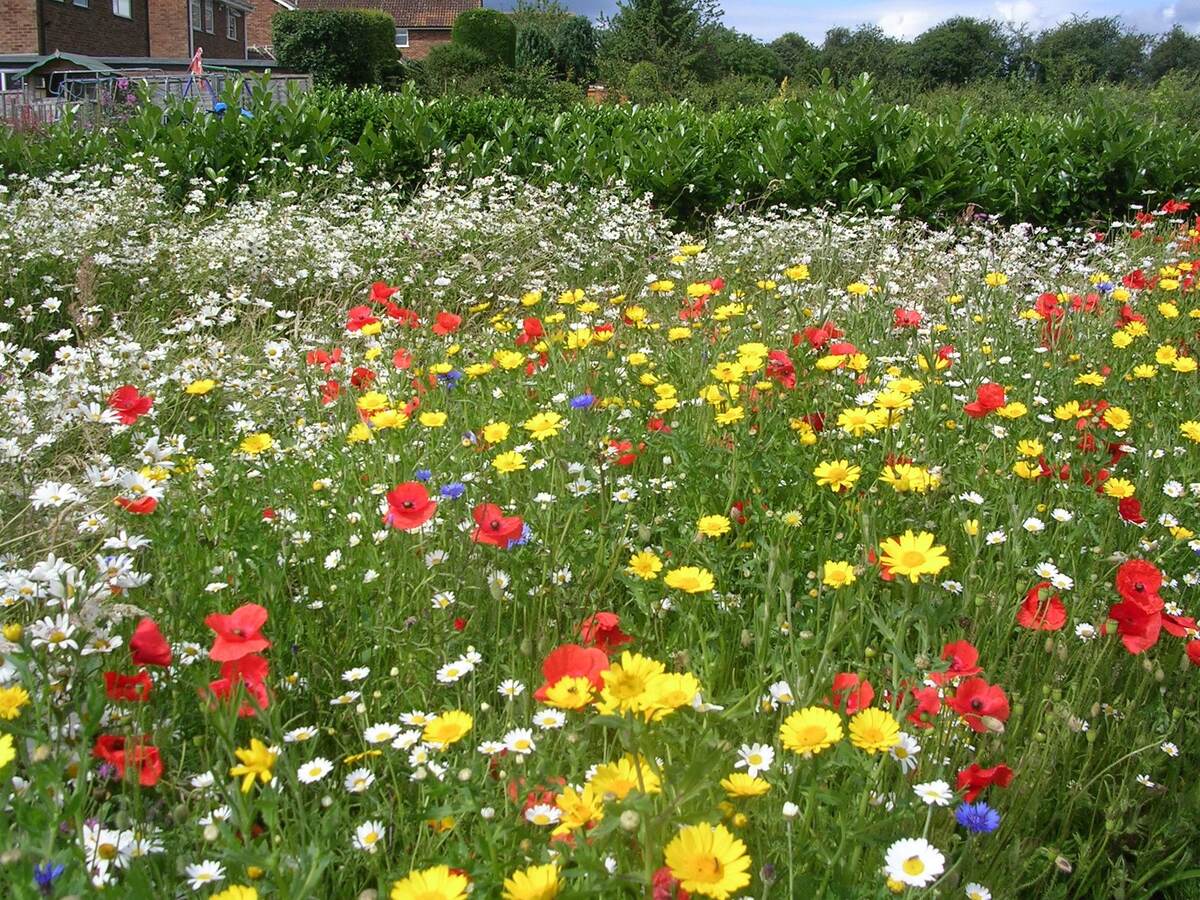
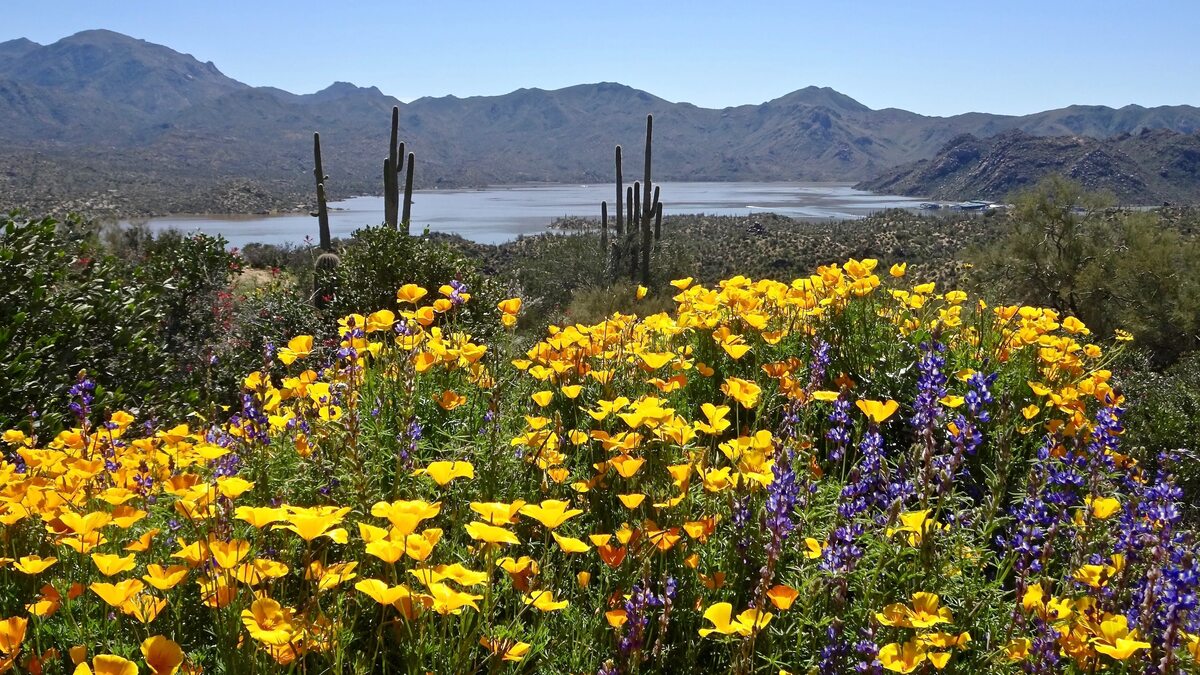
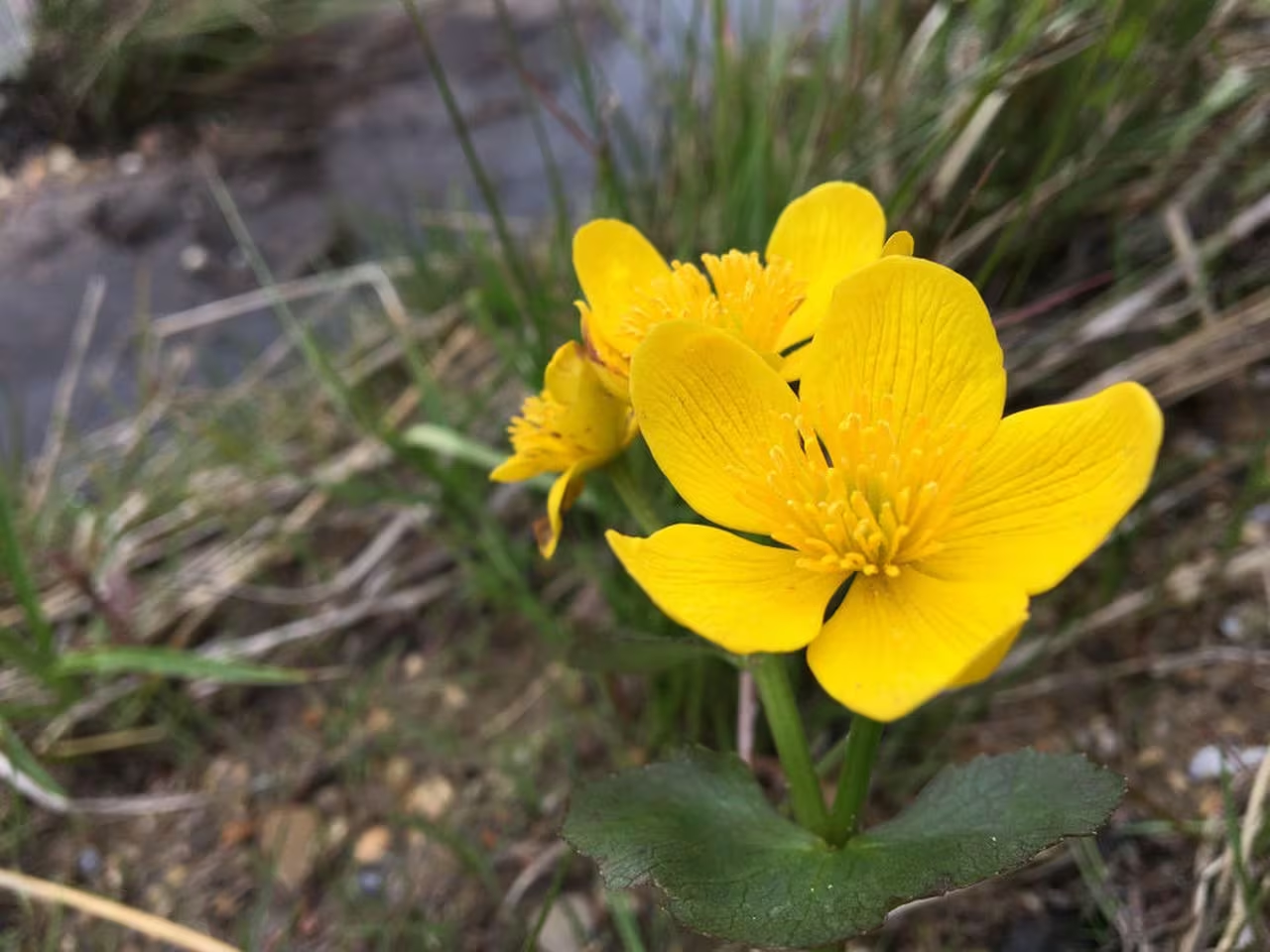
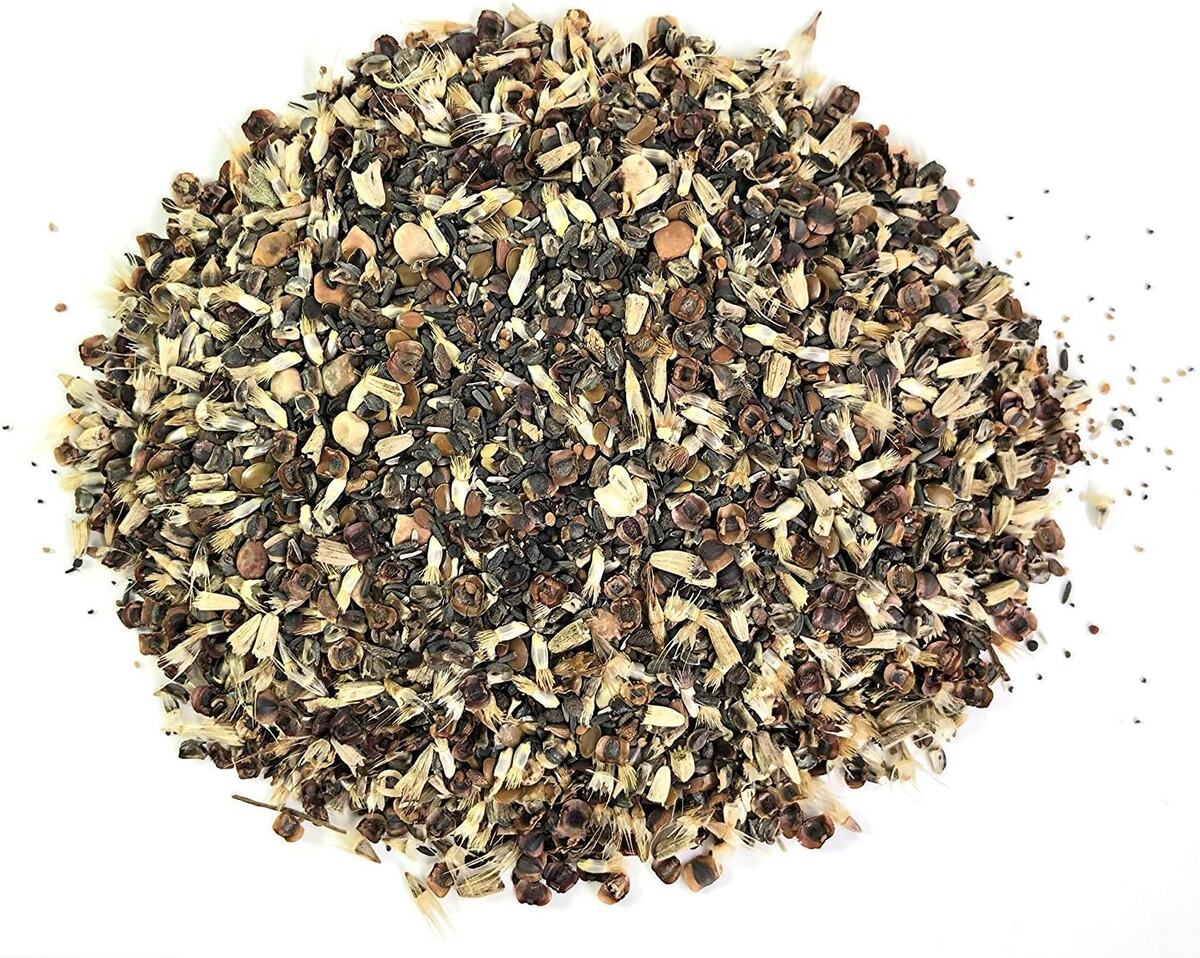
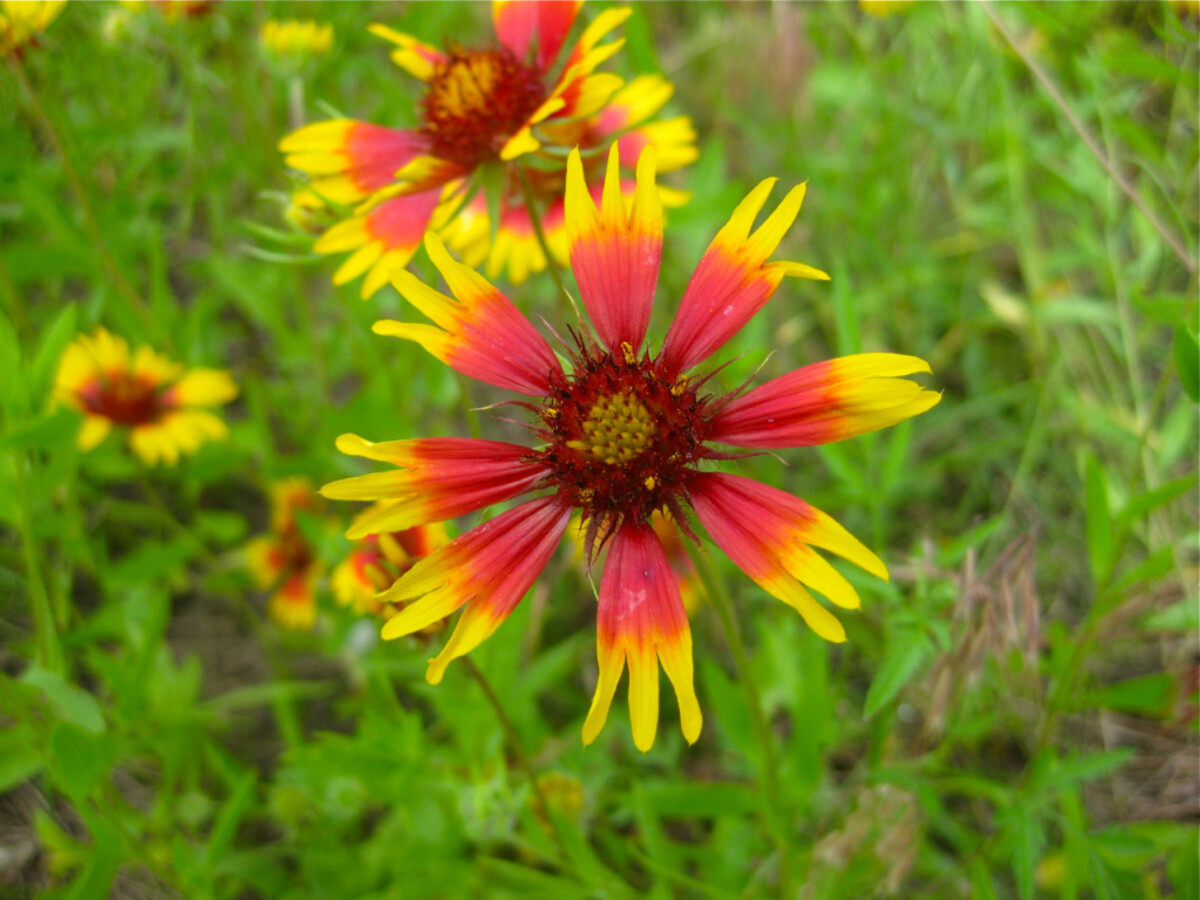
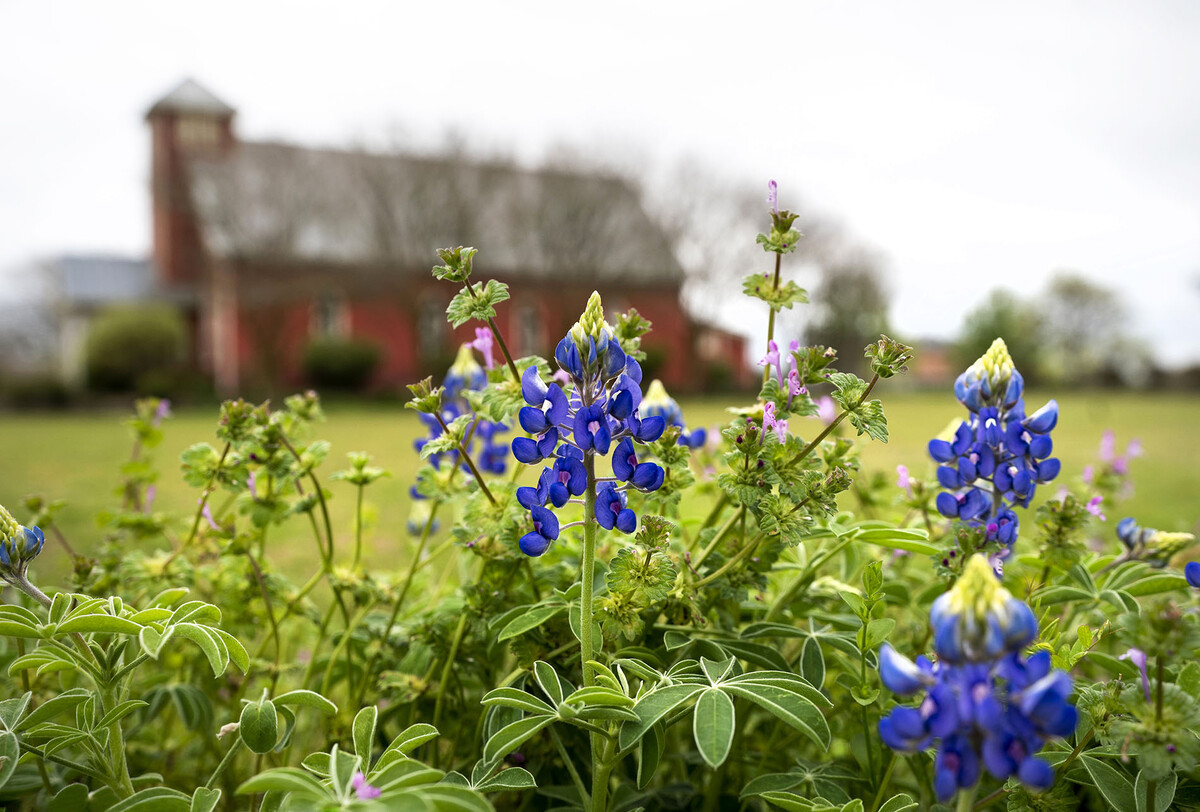

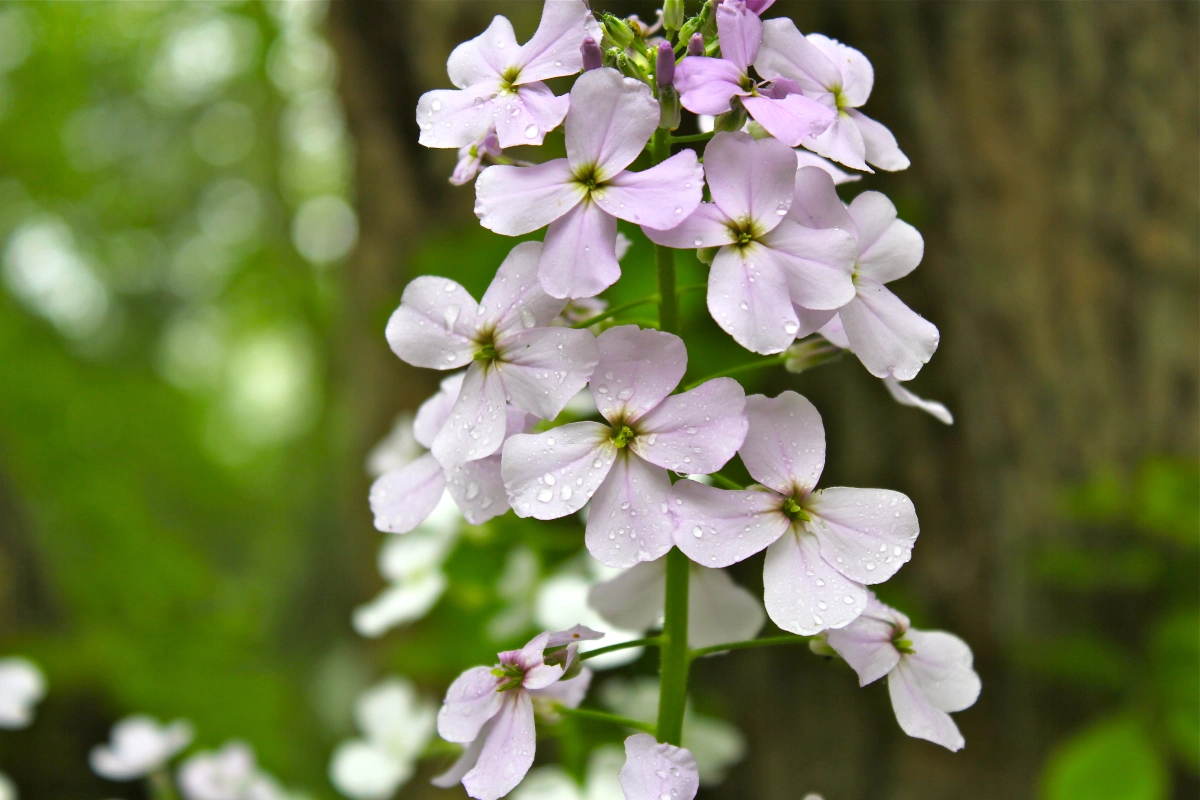
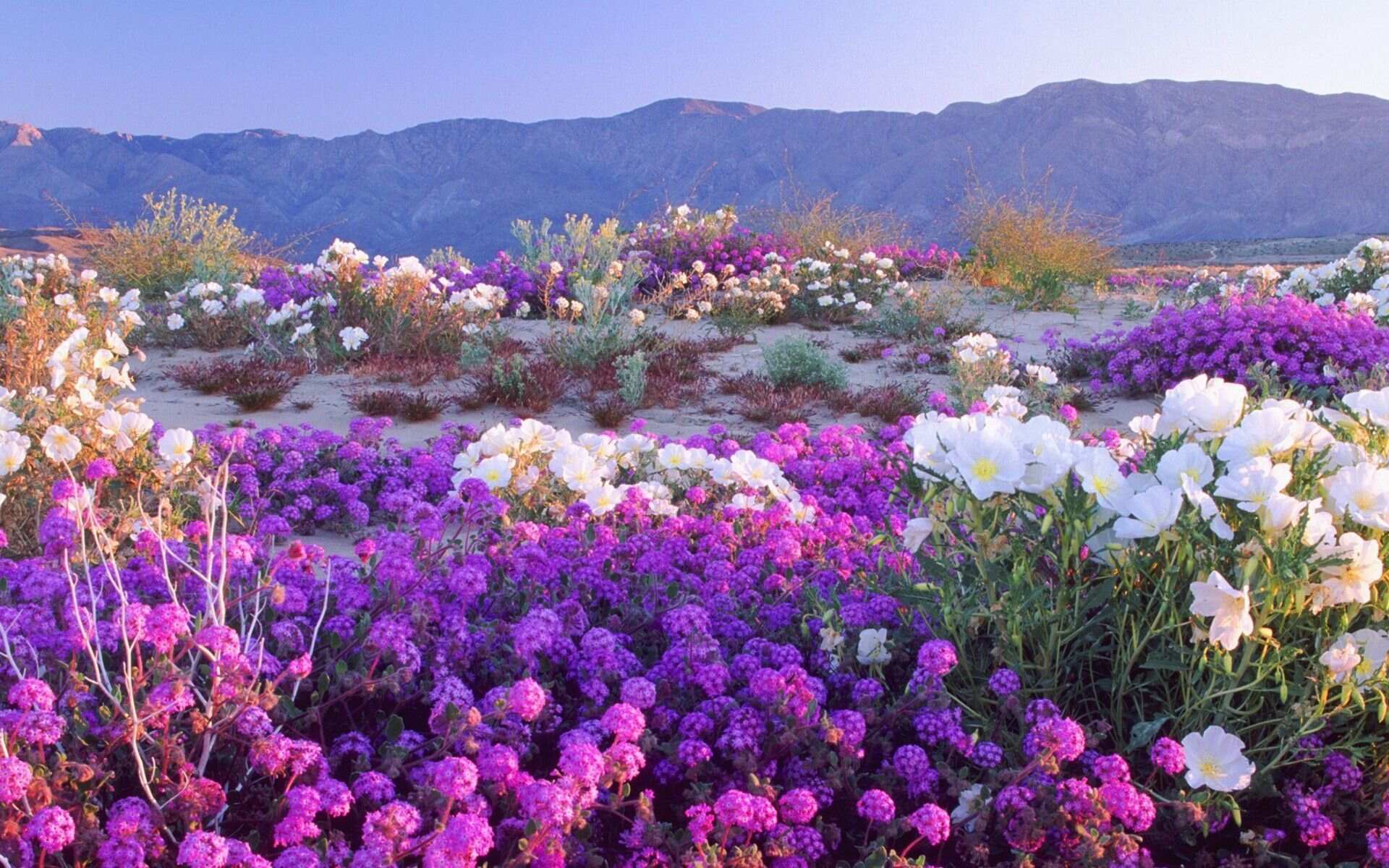
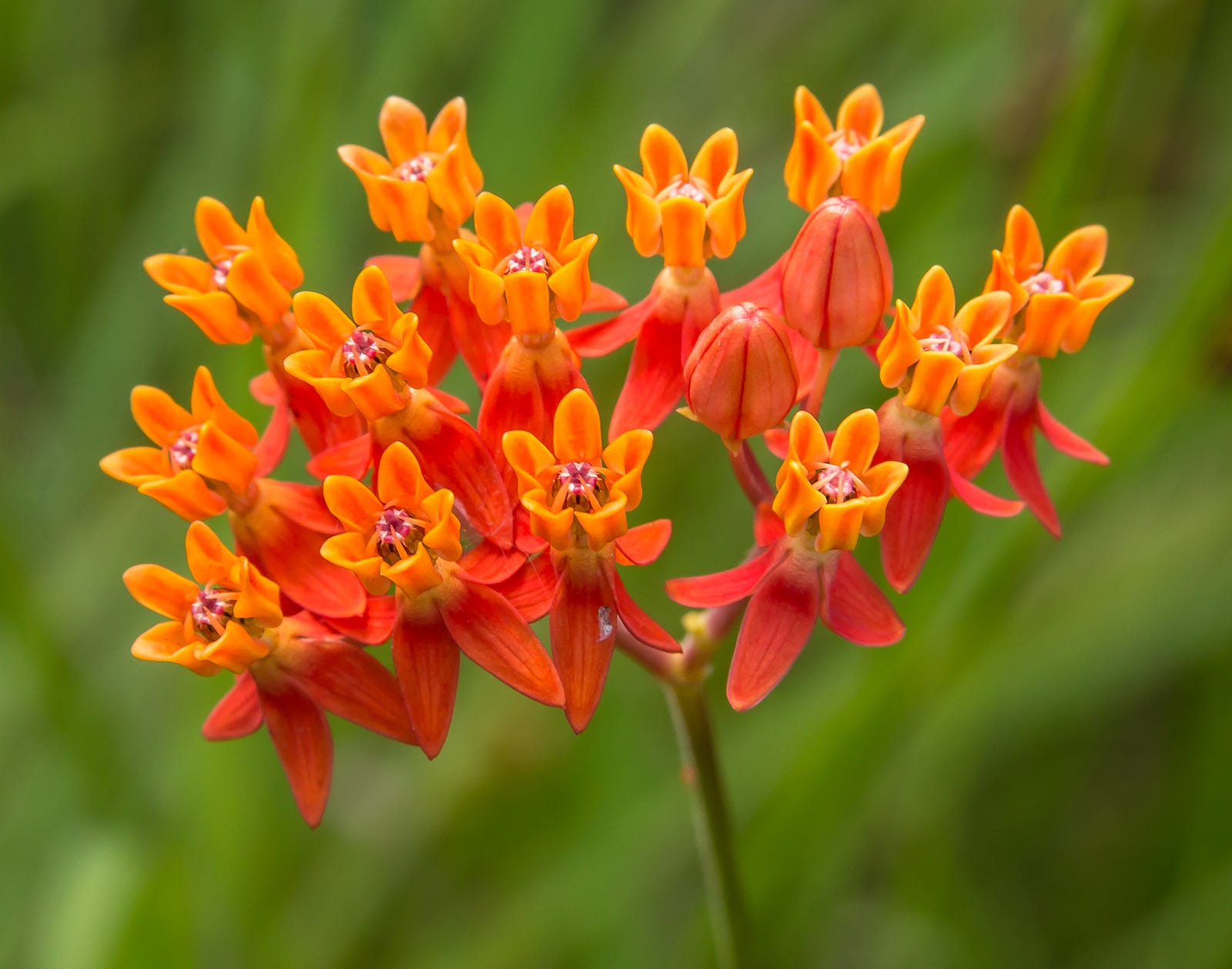
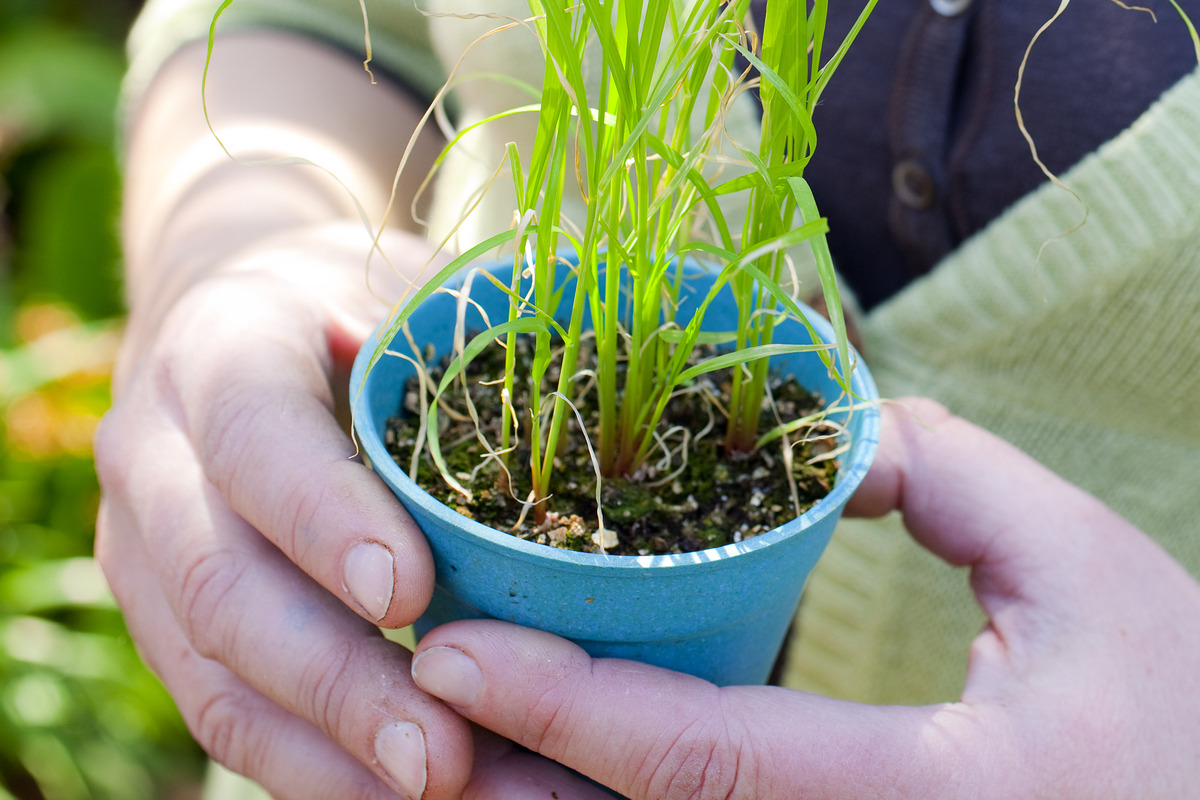
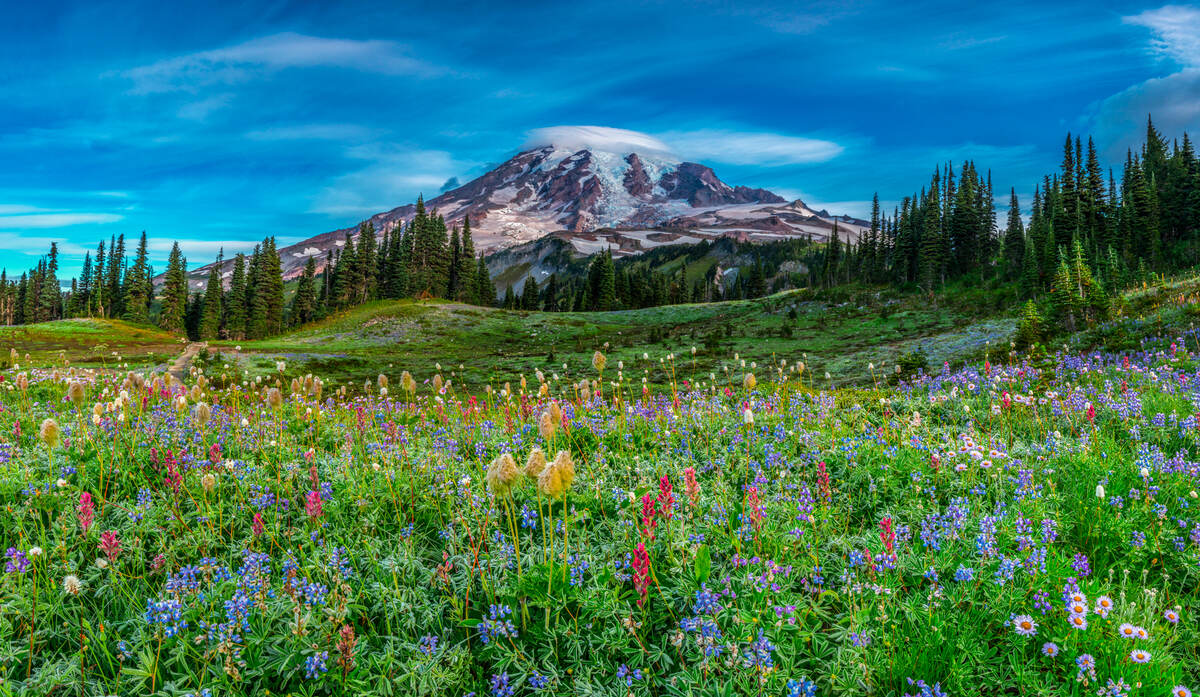
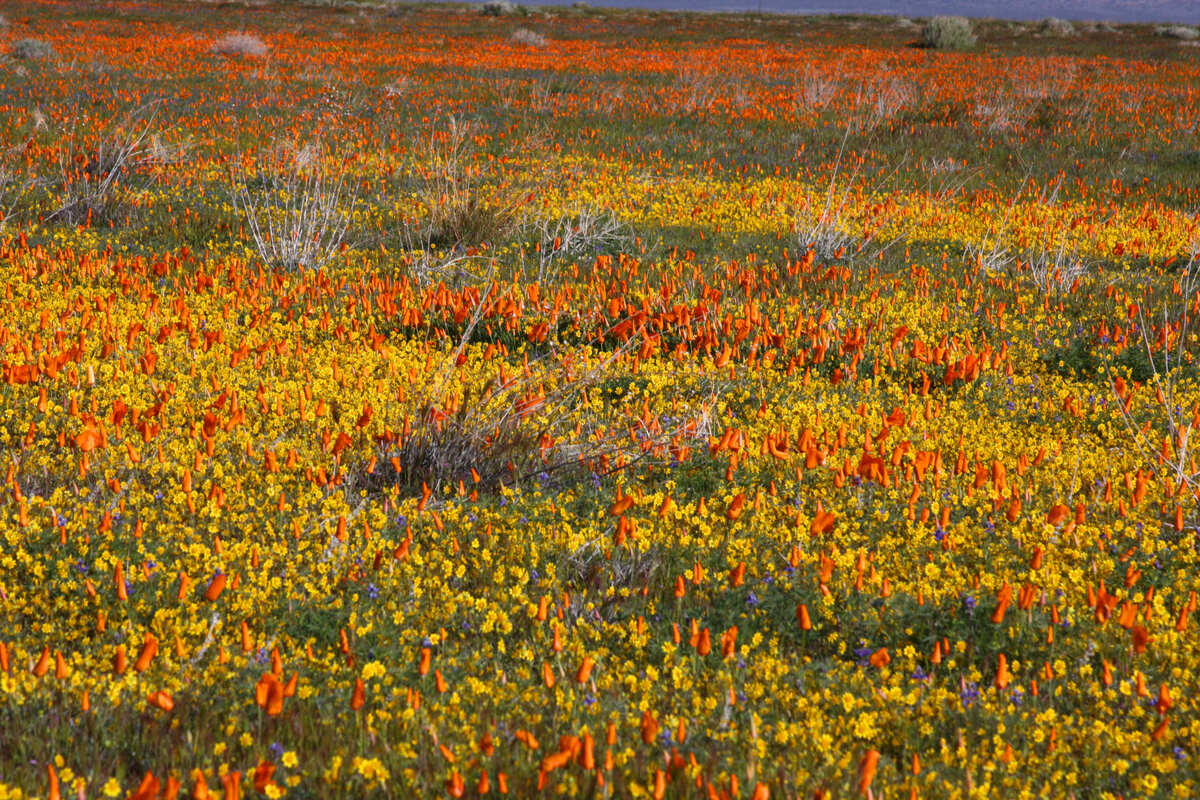

0 thoughts on “When To Plant Wildflower Seed In Southeastern MA”